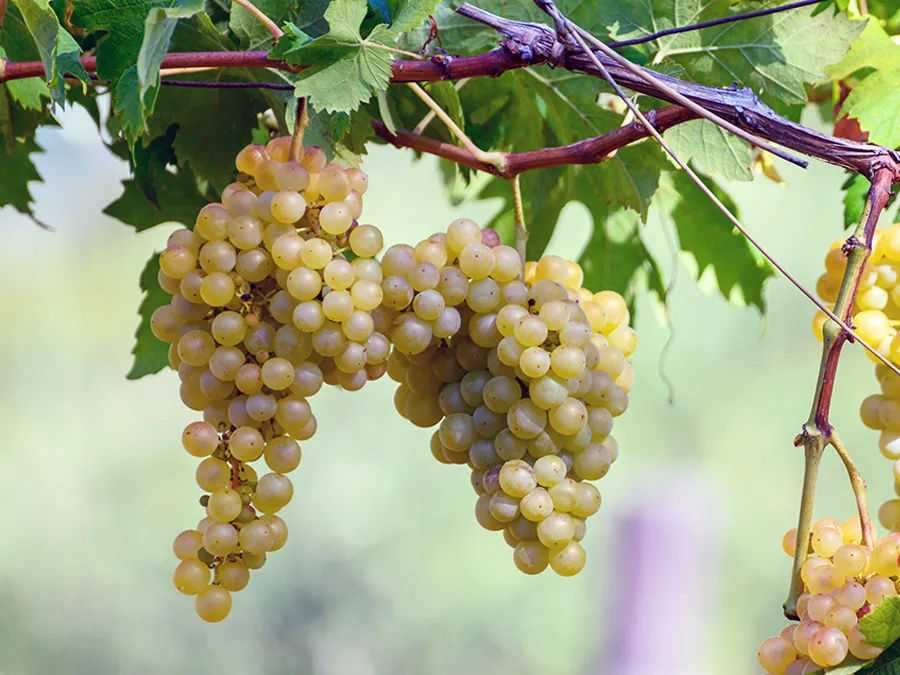
Chenin Blanc (cheh-nuhn blon)
There is a theory that Chenin blanc originated in the Loire Valley in northwestern France, specifically in Anjou in the 9th century AD. From France, it arrived in South Africa when it was included in the roots sent by the Dutch to the colonies. Today, plantings of the variety in South Africa (where Chenin blanc accounts for almost one-fifth of the total vineyard area), have far surpassed those of its birthplace, and now it is also cultivated all over the rest of the world.
In the Loire Valley, it is highly valued and is considered a grape for the production of world-class wines. In the New World, it is used for its productive properties, contributing acidity to more everyday white blends. In general, high acidity is a characteristic of Chenin Blanc that appears in all winemaking around the world.
The climatic conditions of each year dictate whether it will be harvested for sweet or dry wine, while the terroir gives the style. In the most recognizable production area, Vouvray, the soil is mainly chalky clay and produces refreshing wines with deep flavor. In the much smaller but equally important Savennieres, the slate soils and air currents that keep frost away produce wines with "electric" acidity, exceptional complexity, and great aging potential.
Typical examples of Chenin blanc wine often have notes of citrus fruits and white-fleshed fruits, minerality, honey, and white flowers. In dessert wines from grapes that have been exposed to Botrytis, the variety gives additional notes of ripe fruits, ginger, and saffron.
We most often find it as a single-variety wine, but we will also find it in blends with Chardonnay, Sauvignon Blanc, Mauzac, and Pinot Noir. The high acidity of Chenin blanc is also useful for the production of sparkling wines, such as Crémant de Loire and Crémant de Limoux.
Although it lives in the shadow of more famous French varieties (Chardonnay, Sauvignon Blanc), it is a particularly popular variety among sommeliers around the world. In addition to their unique character, Chenin wines usually have structure that is particularly useful for food pairings.
C.F.
A.T.
C.F.
A.T.

